7-minute read
You must have noticed the abnormal amounts of new live streams, short videos, and other visual content types flooding your social networks. There’s no way around it - visual content is the hottest thing right now.
73% of marketers say they are going to invest more in videos and 71% - in visuals.” - Social Media Examiner Report 2016
The right content can not only skyrocket your engagement on social media, but can also support all other marketing activities, like email and blogs. Investigate all six content types, then invest time and resources into the ones that will best work for the client brands you manage.
The six most engaging content types you could be creating right now
1. Video and live streaming
Even if you don’t see your competitors doing much live streaming or video content yet, it doesn’t mean that it isn’t worth trying it out. Average users are getting more used to consuming information in video format day by day and Cisco predicts that by 2021, 78% of mobile data traffic will be video.
You can create product reviews, webinars, skits and witty ads. Just remember that as well as any content niche, this one is getting saturated, so you still need to ensure your video content is of high relevance and quality. The investment is definitely worth it, as data says that four times as many customers prefer to see a video about a product rather than read about it.
If I had to name an example of brilliant video marketing I’d have to go with Vooza.com. These guys are not only killing it with their sarcastic and funny sketches about startups but have landed great advertising clients as well.
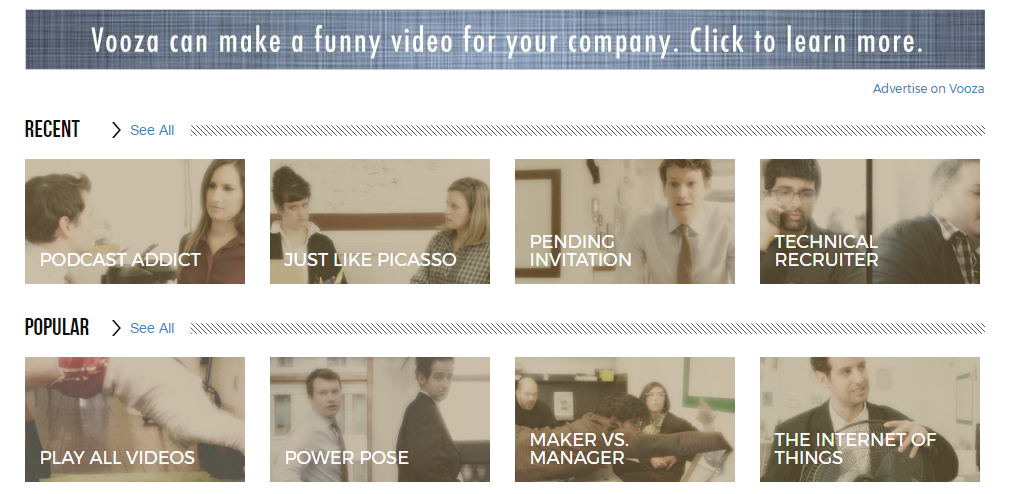
Another great example of brilliant video marketing is this simple ad for Divi, a fully customizable WordPress theme that lets users create their pages in real-time instead of the technical back-end. The video tackles every challenge of building a website and has scored over two million views:
Rand Fishkin’s classic Whiteboard Fridays regularly teach business owners about intricacies of SEO are also worth mentioning as each of these gets hundreds of shares in a rather saturated niche. The reason being not only Rand’s knowledge, but also the format and quality of the videos.
If you think that business-to-business (B2B) video is boring, you simply need to check out these exceptional B2B video marketing campaigns by HubSpot, SquareSpace, FedEx, Schneider Electric and Slack. Get inspired and create your own amazing video content because that's the future.
2. Infographics
The infographics craze is going downhill, but they can still work well if relevant and unique. Mind that you can go ahead and quickly put together a templated infographic using Canva or a similar tool, but it won’t generate the kind of buzz it would in 2014. Yet if you put in the work, you can get the thousands of shares and hundreds of links that your client craves.
Here's a great example of an infographic that got over 4,000 shares and it's featured image is below. The guys over at Digital Information World pinpointed the common pain for all their readers and it worked like a charm. Let’s face it, who in the online business world doesn’t want to learn how to find new customers online?
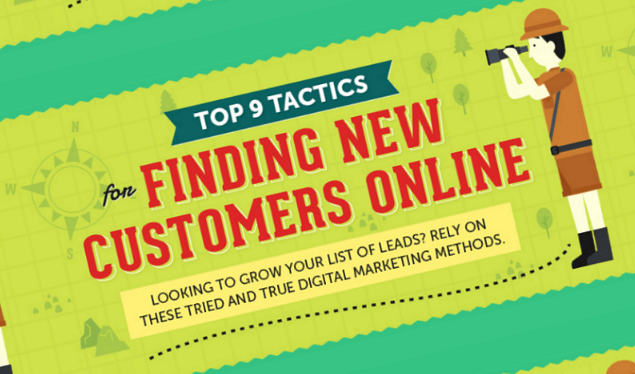
The most effective way of utilizing this content type is by creating the graphic, splitting it in smaller graphics and expand on each point with more information. A fantastic example of this kind of infographic and long-form blogs is How Elon Musk started by Funders and Founders, a design company that creates custom infographics. It’s custom-made, informative, and gives you the feeling as if it taught you some secret. So it's no surprise then that it got over 54k of shares and links.
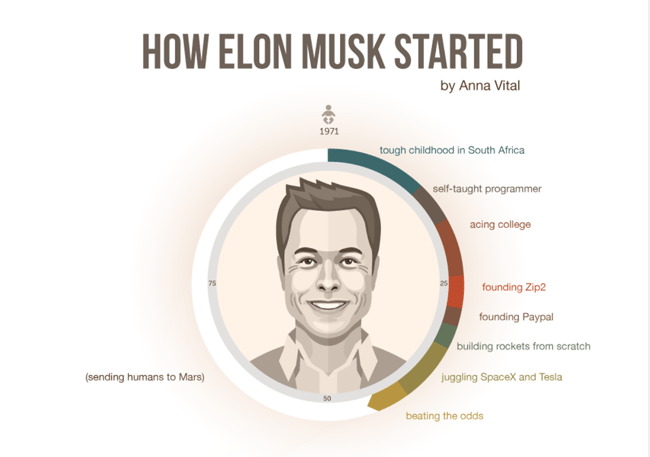
3. Graphs and charts
Bring credibility to your blogs, social media posts, presentations and emails with these content types. Readers are more likely to trust, share, and link to your piece if they see that your research is backed by data and original statistics.
Published on The New York Times, this blog about the American middle-class is a great example of adding statistics to a research-based article. Of course, not many have the database or resources to conduct such extensive research, but you should be able to come up with a study in your client's area of specialization with a smaller sample of a few hundred and use data from open sources to back it up.
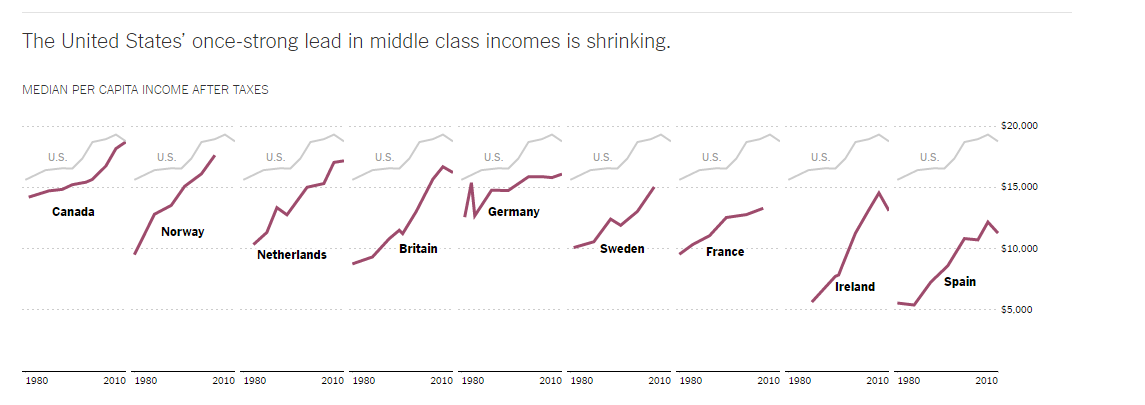
4. Memes and GIFs
Since most memes and GIFs are user-generated, low resolution and quite sarcastic, they don't usually work for senior audiences or publications covering serious topics.

So if your client deals with serious or heavy subject matter, think twice before adding that funny GIF or meme in your blog or social media posts. If the contrary is true, nail their usage and make your audience laugh - it's an emotion that quickly disarms and warms up humans to a brand.
There's more good news for GIF lovers, though. The new content trend is to use these animated graphics in tutorials, guides and how-to posts, and some very successful SaaS companies have already adopted it, like Slack (in this case, showing their new status update feature).
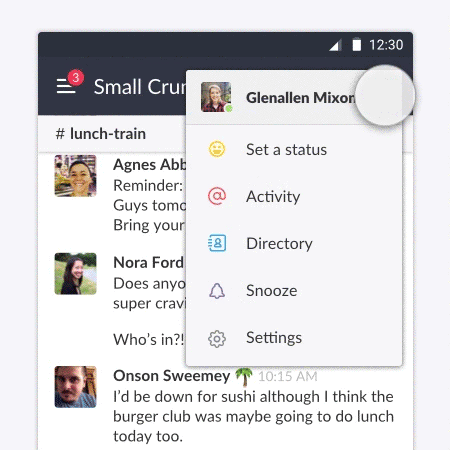
GIFs are more lightweight than videos and don't need to be uploaded to another network, plus they're handy for showing a user's flow. Why should readers imagine things if you can easily show them what you're talking about with a few images and visual pointers?
5. Interactive content types
Quizzes, tests, polls - they all make your content much more interesting and people are more likely to share it. One simple reason is because they want to know what their friends get and compare results with them.
BuzzSumo and OkDork studied 100 million pages and among them, the most shared quiz at the time was this BuzzFeed piece: “What Career Should You Actually Have”. Considering BuzzFeed's readership it would be hard to replicate the success, but still, if you give your readers something to click and have fun with on the page - chances are they’ll share it.
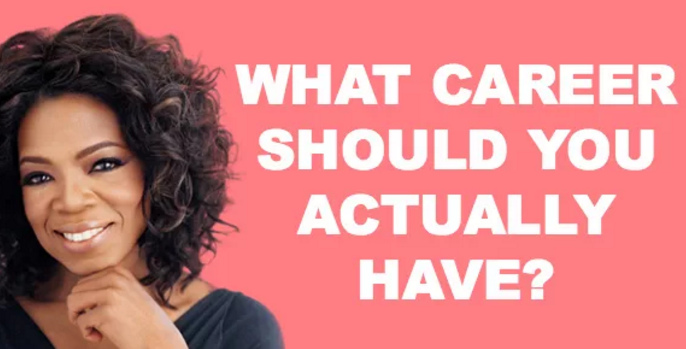
6. Webinars and online courses
Here’s one of the most popular courses on Coursera with over 22K reviews. Online courses and webinars have turned into a huge industry and if your client is a specialist in their field and has any value to contribute to the community, they should.
What makes webinars and courses great for a website owner is that they're great conversion magnets. It's quite easy to get emails from prospects when you put together a good event or a series of posts, or even get an influencer on board to take part in hosting and promotion.
Before hosting my first webinar, I was scared, but it turned out to be not as hard. And you don’t even need paid software to start doing it now. Just create a public Google Hangout or live stream on social media. Here’s an example of how it works from Search Engine Journal.
And all the people that opted in for your course or webinar are now on your list. You can continue building relations with them up to the point when they become customers.
Technical bits to consider when creating new content
Find content types that work for your client's niche
It's important to know your client's audience and search volume to come up with new content ideas quickly that generate record breaking traffic. Consider that there’s no “one-size fits all” content types and themes, so it's all down to research, testing and analyzing. One of the best ways how to check what’s currently buzzing in your client industries and what kind of content has performed well over the last year is by using a content tool, like Ahrefs Content Explorer.
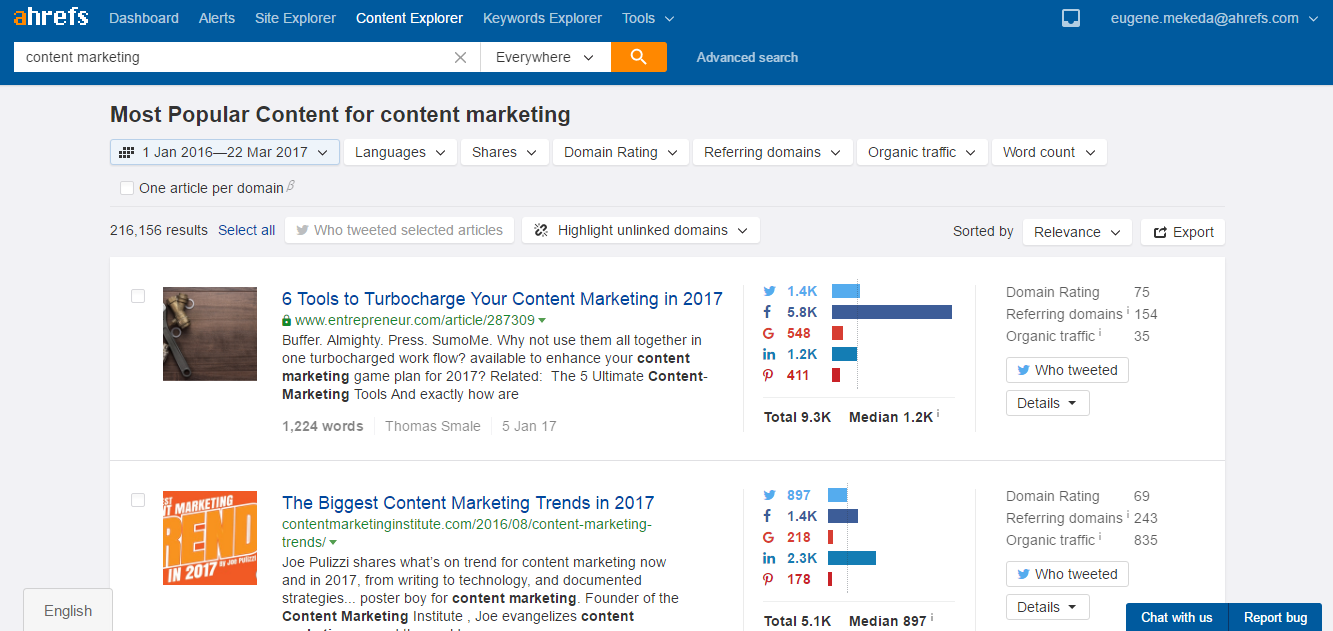
Simply search for a general keyword that’s connected to your niche to get started. On the results page, you can see what types of content got most shares, which topics resonated with the audience most and who are the influencers in your niche. Next, you can analyze backlinks of best pages and recreate your competitor’s success. Use this information to put together a killer content and marketing plan.
Make your content as evergreen as possible
Keep in mind that you not only need to appeal to your target audience but please search engines as well. So you will want to create evergreen content, repurpose old content and improve the content that worked well in the past.
Giving a second life to a post that has performed well is a good avenue to take when it’s already established in the eyes of a search engine, e.g. Google. So if you manage to give it some more link juice after the update, you’ll rank higher easier.
Consider how you will promote your new content
To this day one of the most effective ways to put yourself on the map online is building relations with influential people. A couple of years ago I’d say that you should go ahead and create an expert round-up, but everyone is sick and tired of those. Usually, they aren’t well-structured and are hard to read. But there’s plenty of other content you can create with help of influencers.
For example, if your client is in the marketing niche, you can write a list of top marketing blogs to follow, top marketing studies of the past quarter or write about the best affiliate marketers to watch in <insert year>. Then, reach out to everyone you’ve featured and let them know about it.
Summing up
Visual content is the future in marketing, and while the quality standards or search engine requirements may change, content that's useful and informative will always end up at the top. According to Convince and Convert, especially small businesses can use visual content to increase conversions.
All in all, content types to work on this year is definitely video and live video, infographics, data visualization in graphs and charts, GIFs, interactive content, and lastly, webinars and online courses.
So, publish social media posts with unique graphics, create great videos and write insightful, evergreen blogs that are backed by research, or are a thorough how-to that delivers the solution to your client customer pain points on a silver platter.
Do you have any more insights as to what other content types are worth investing this year? Let me know in the comment section below!

